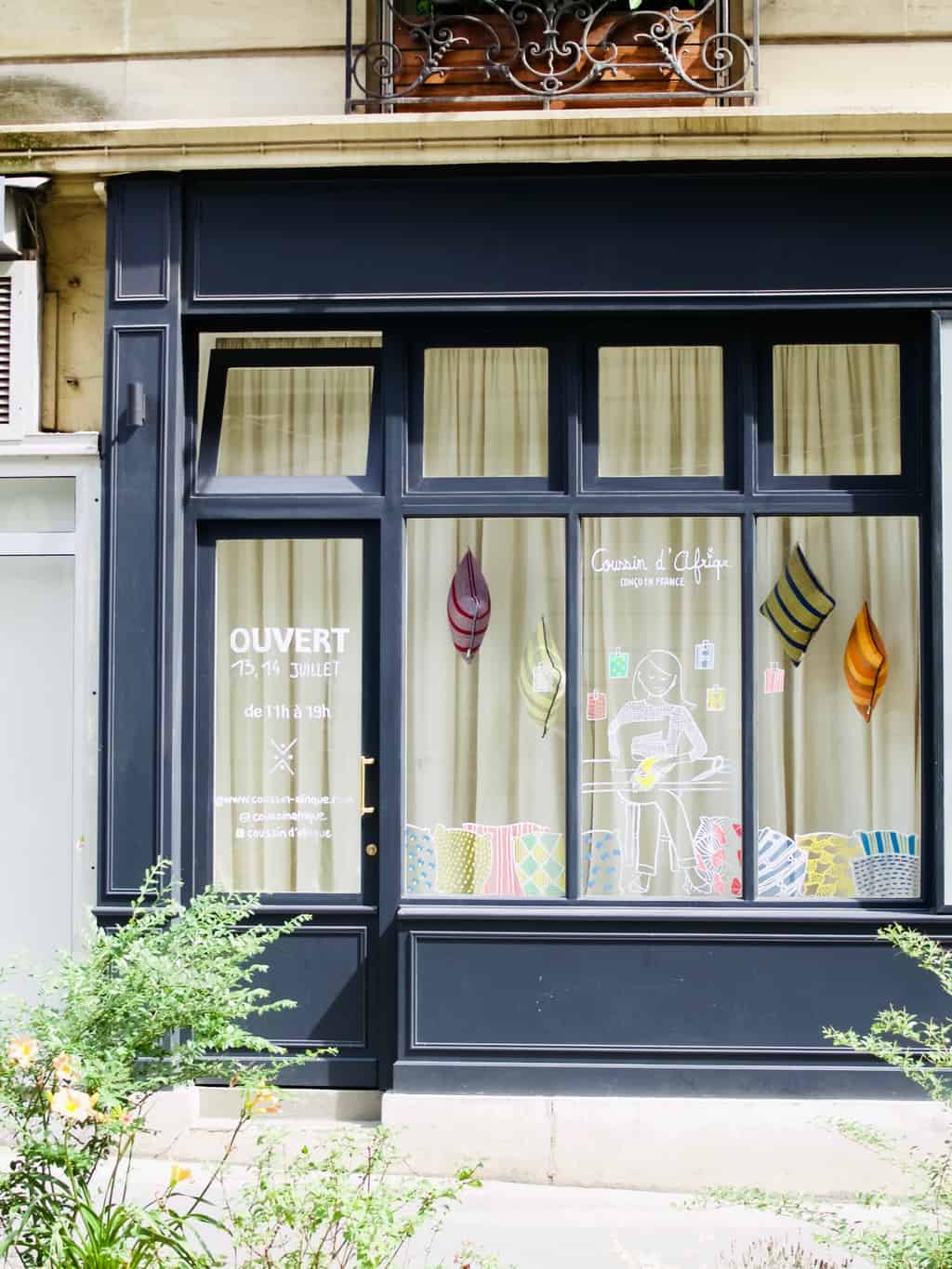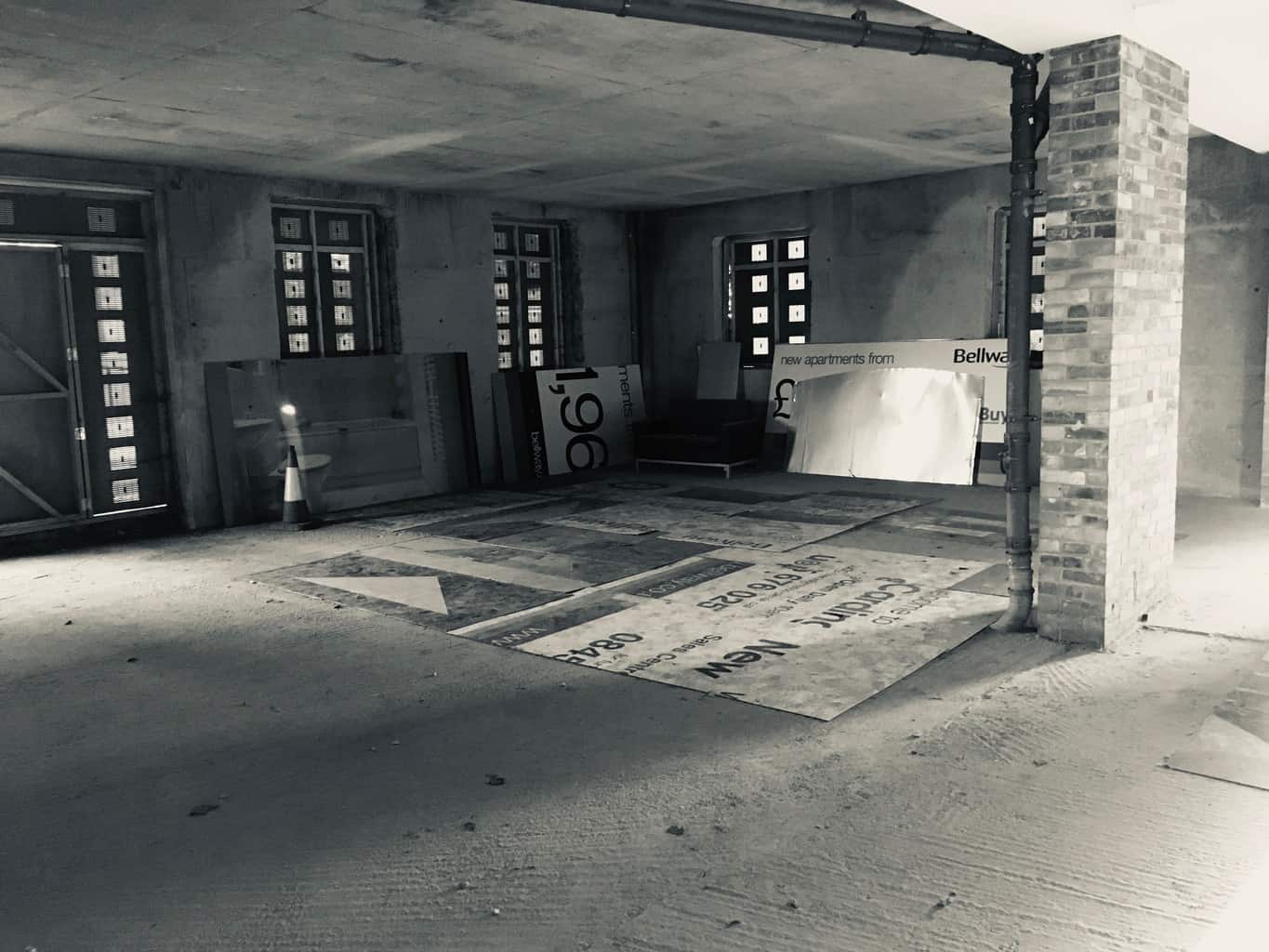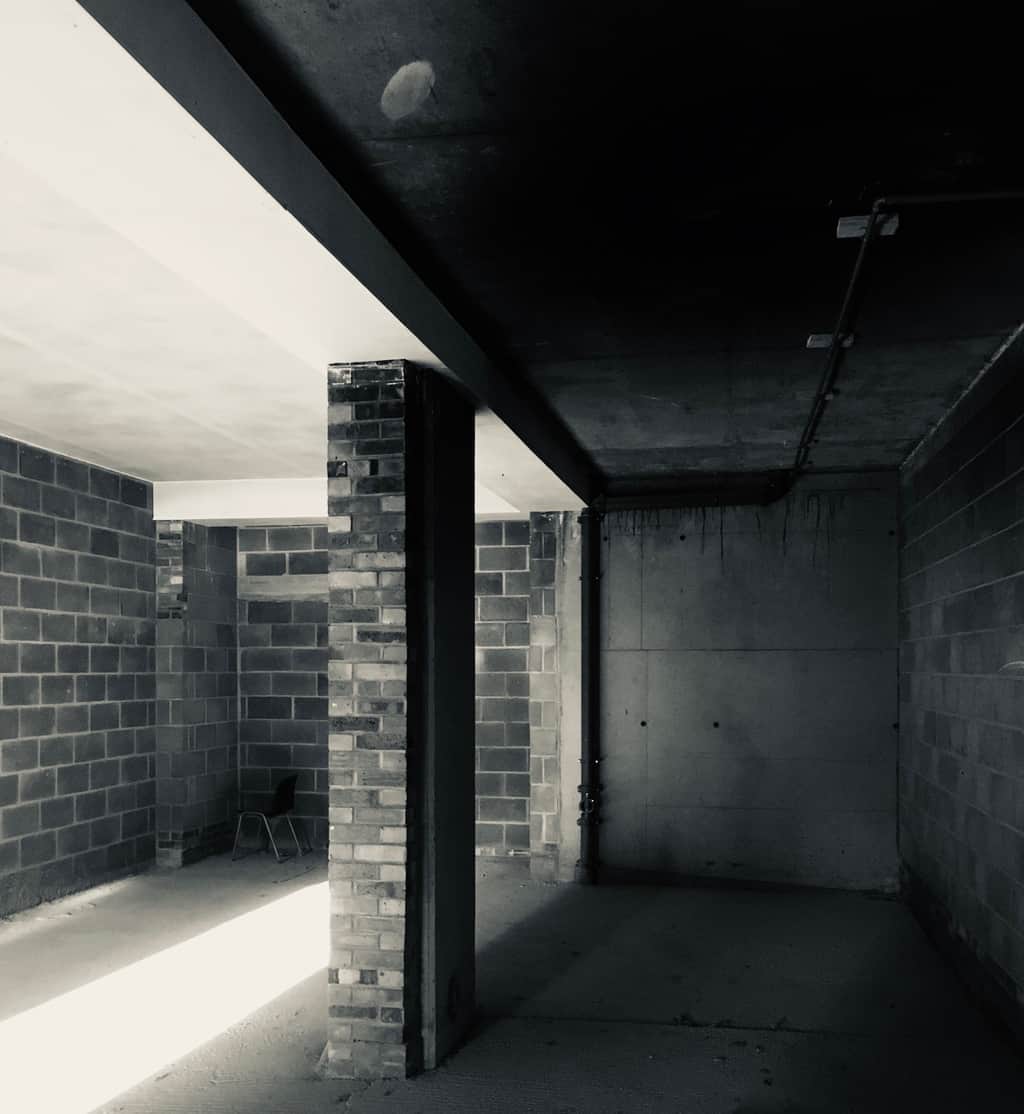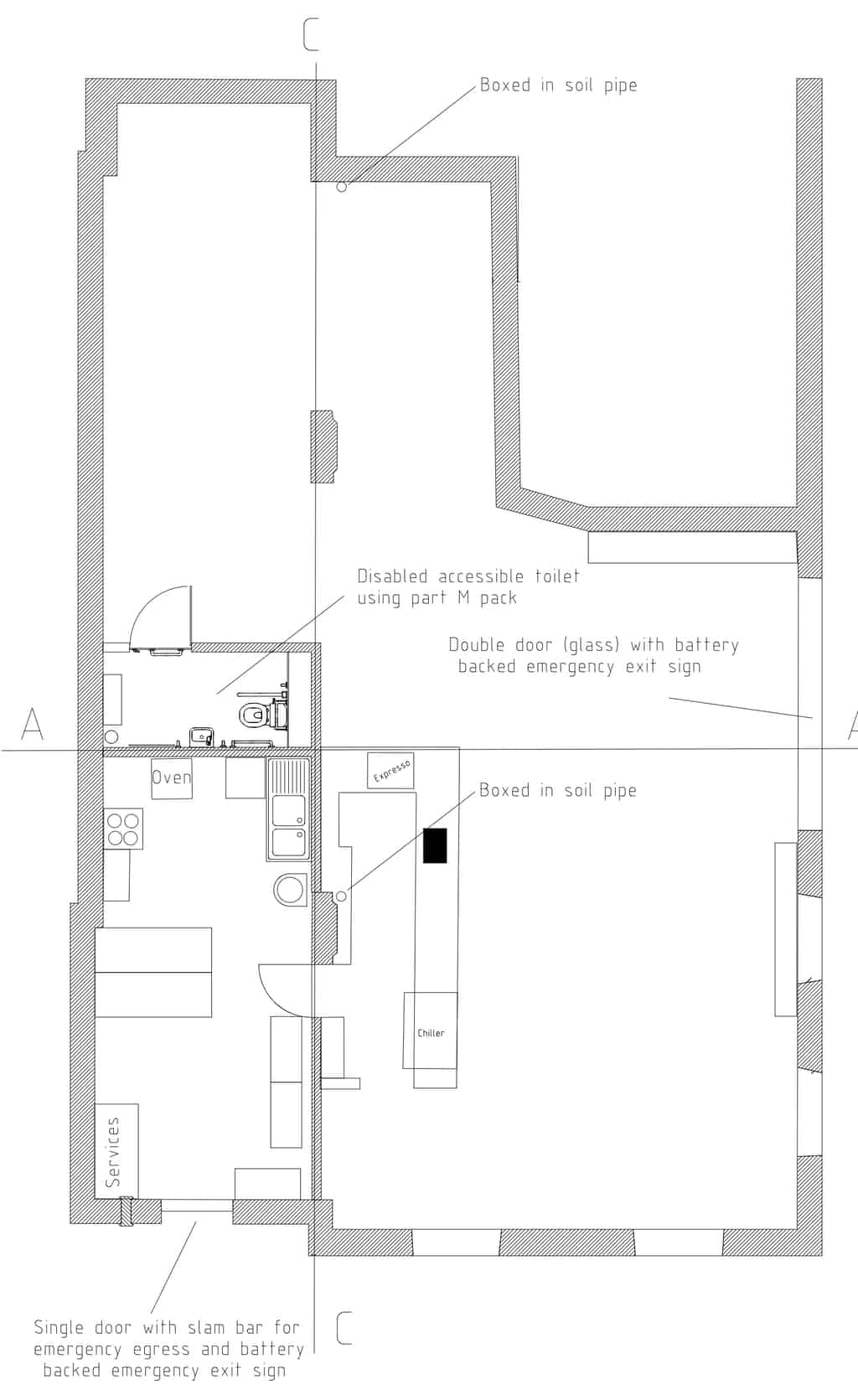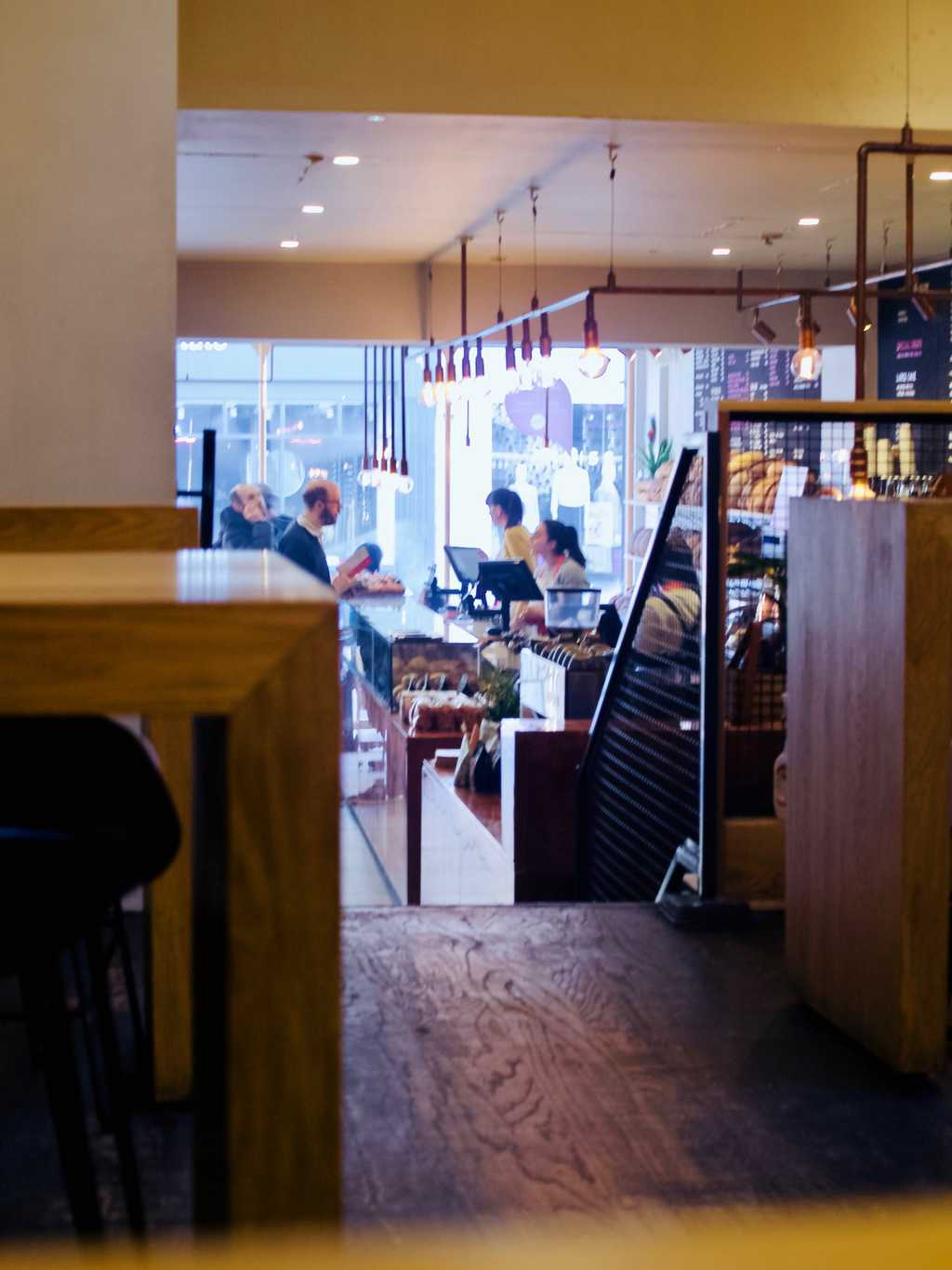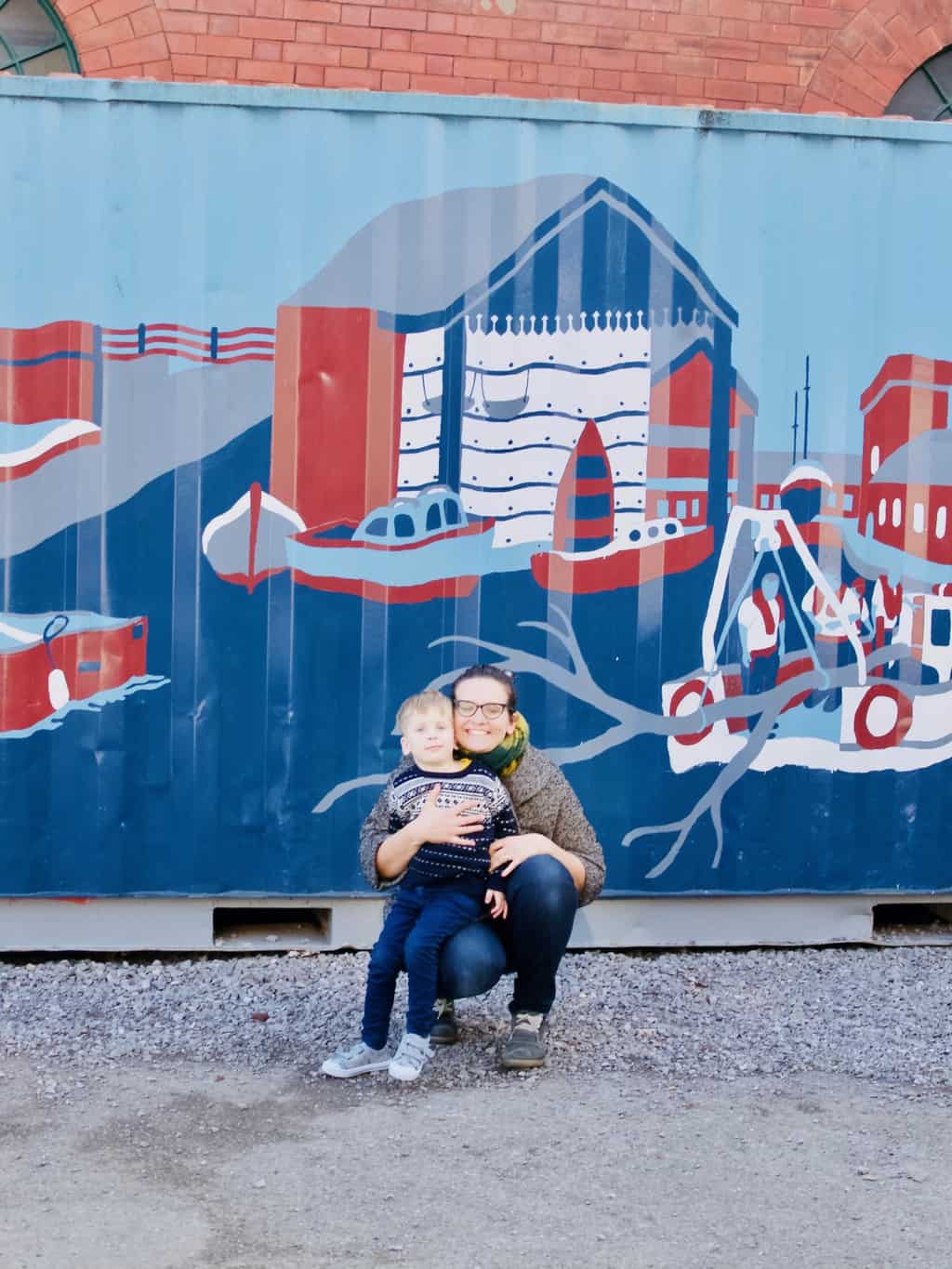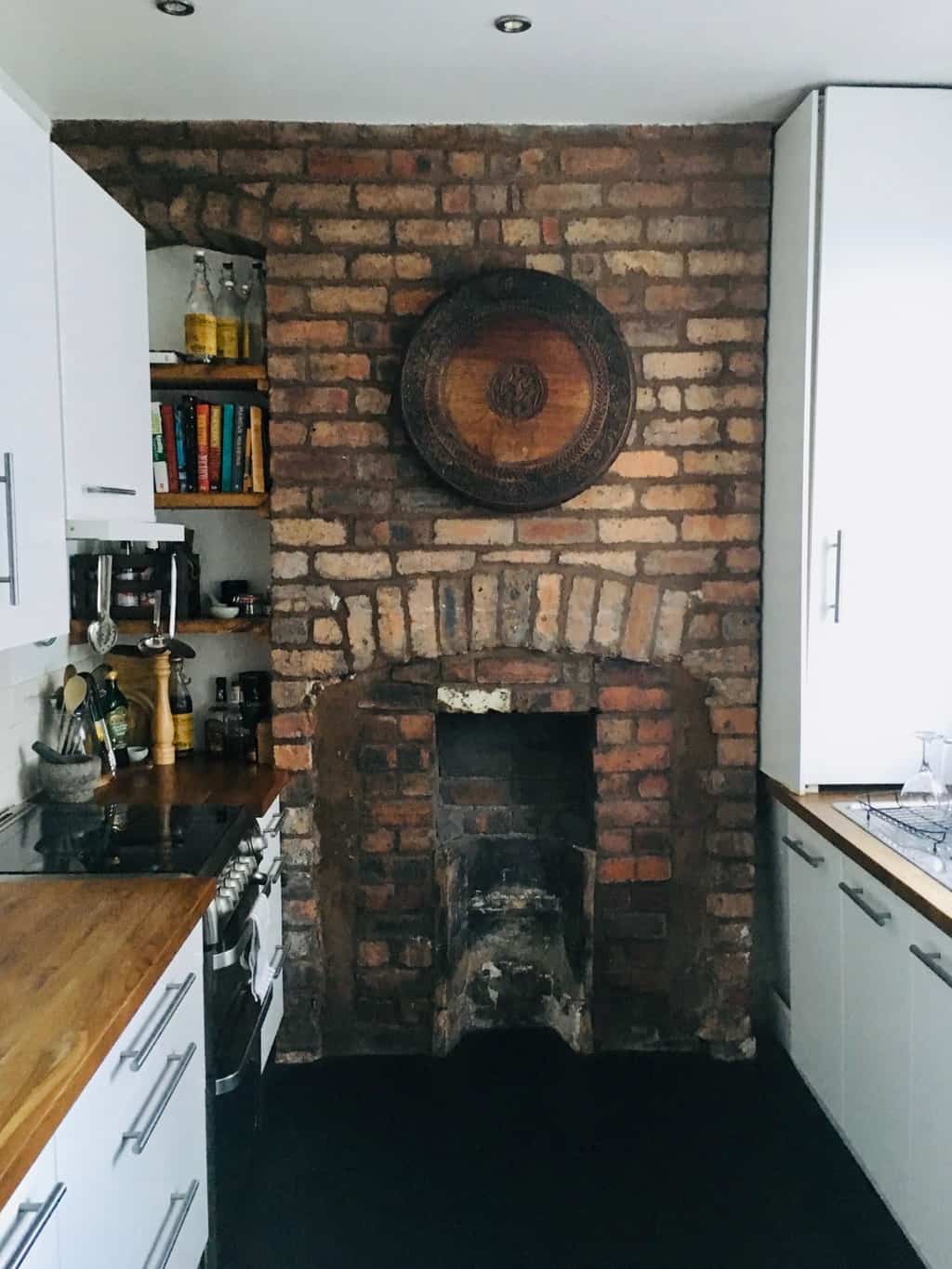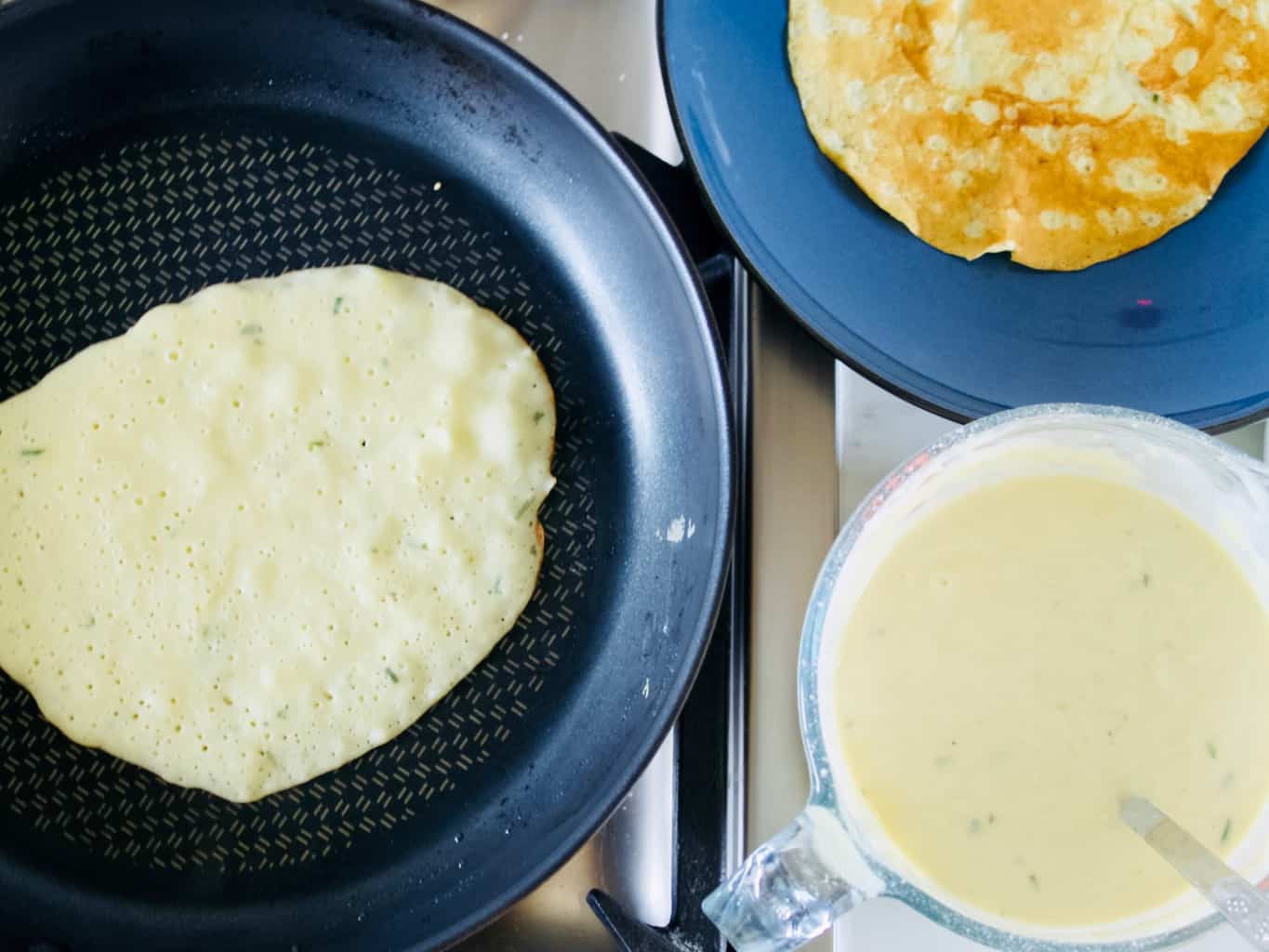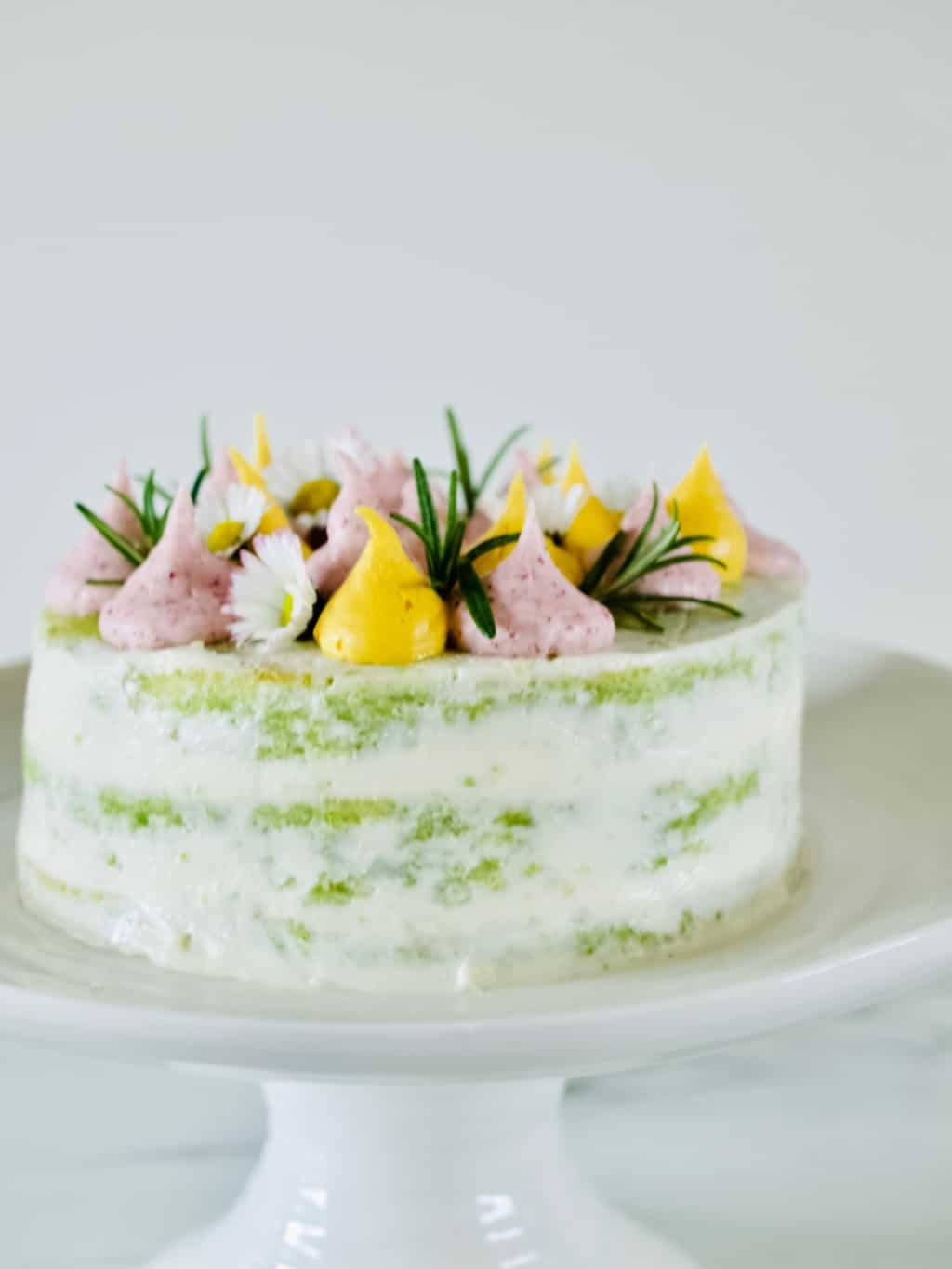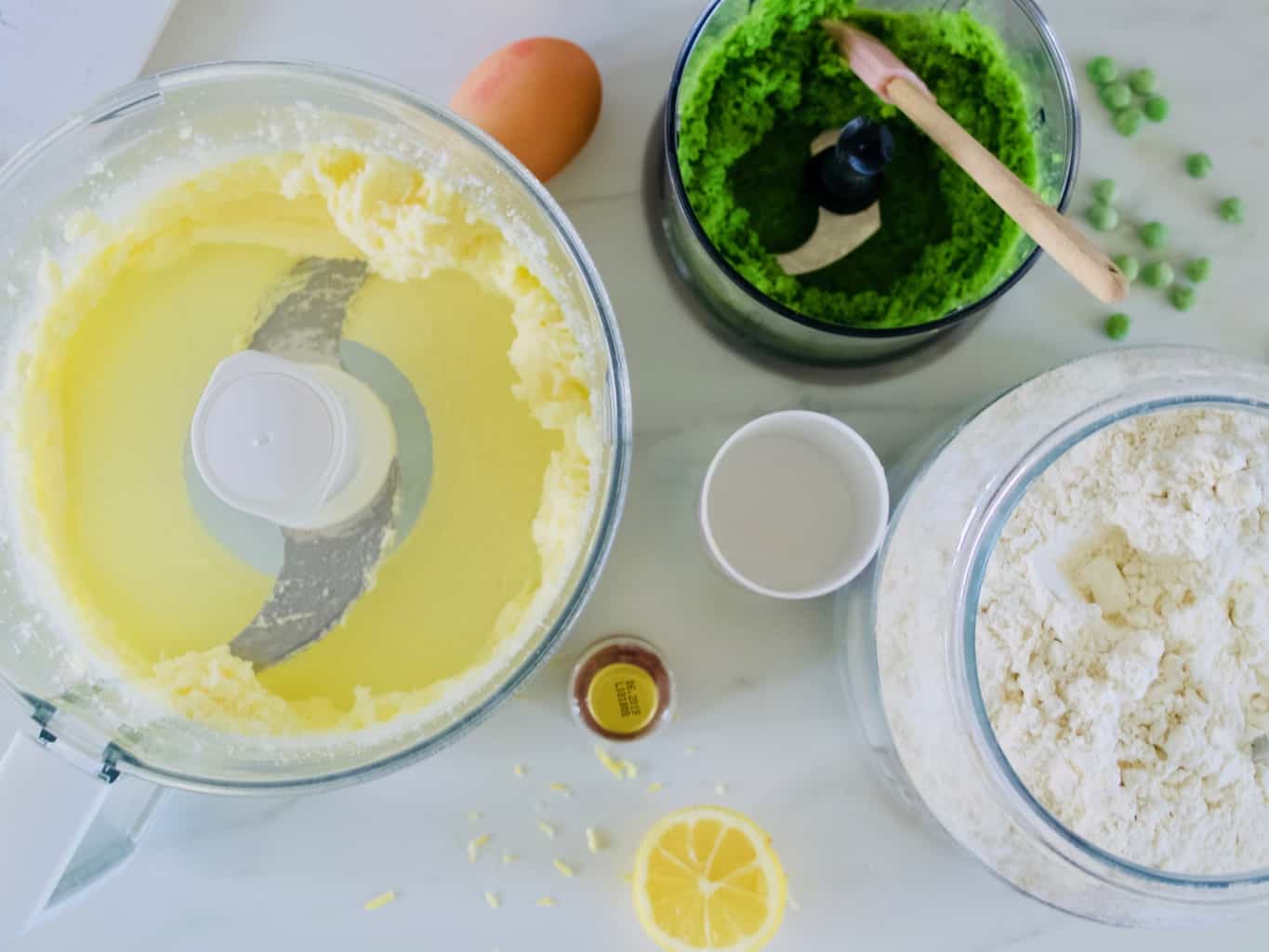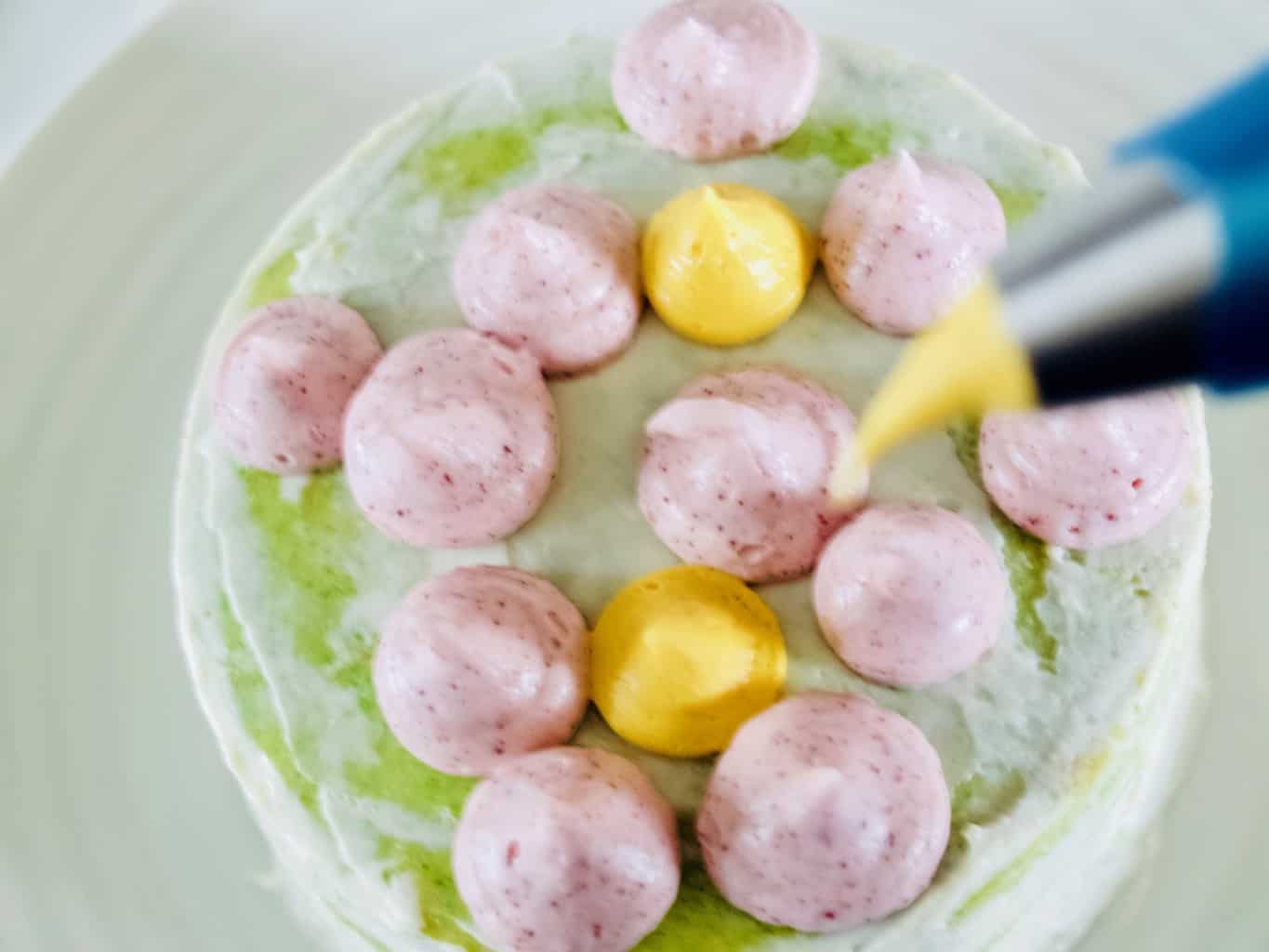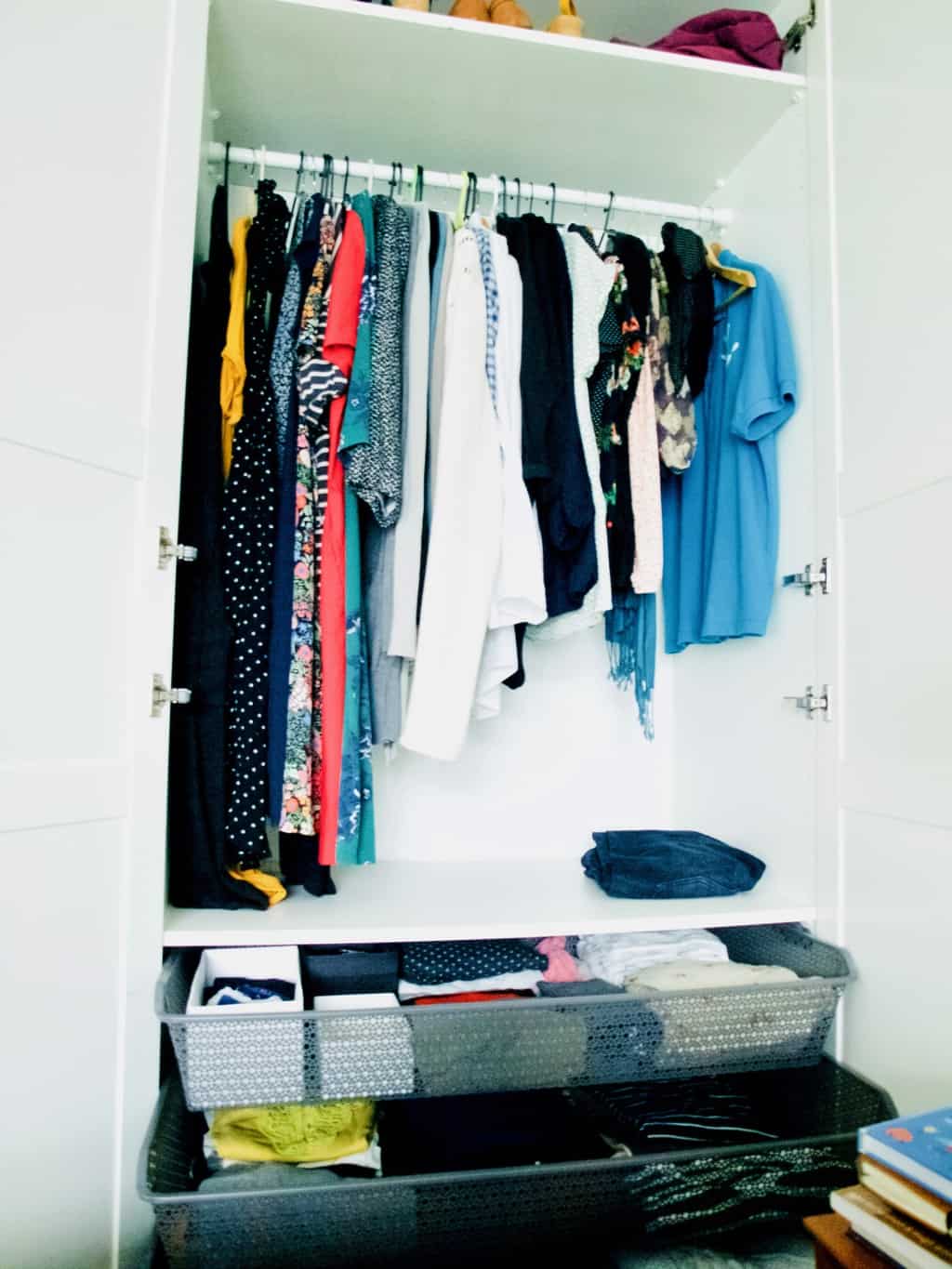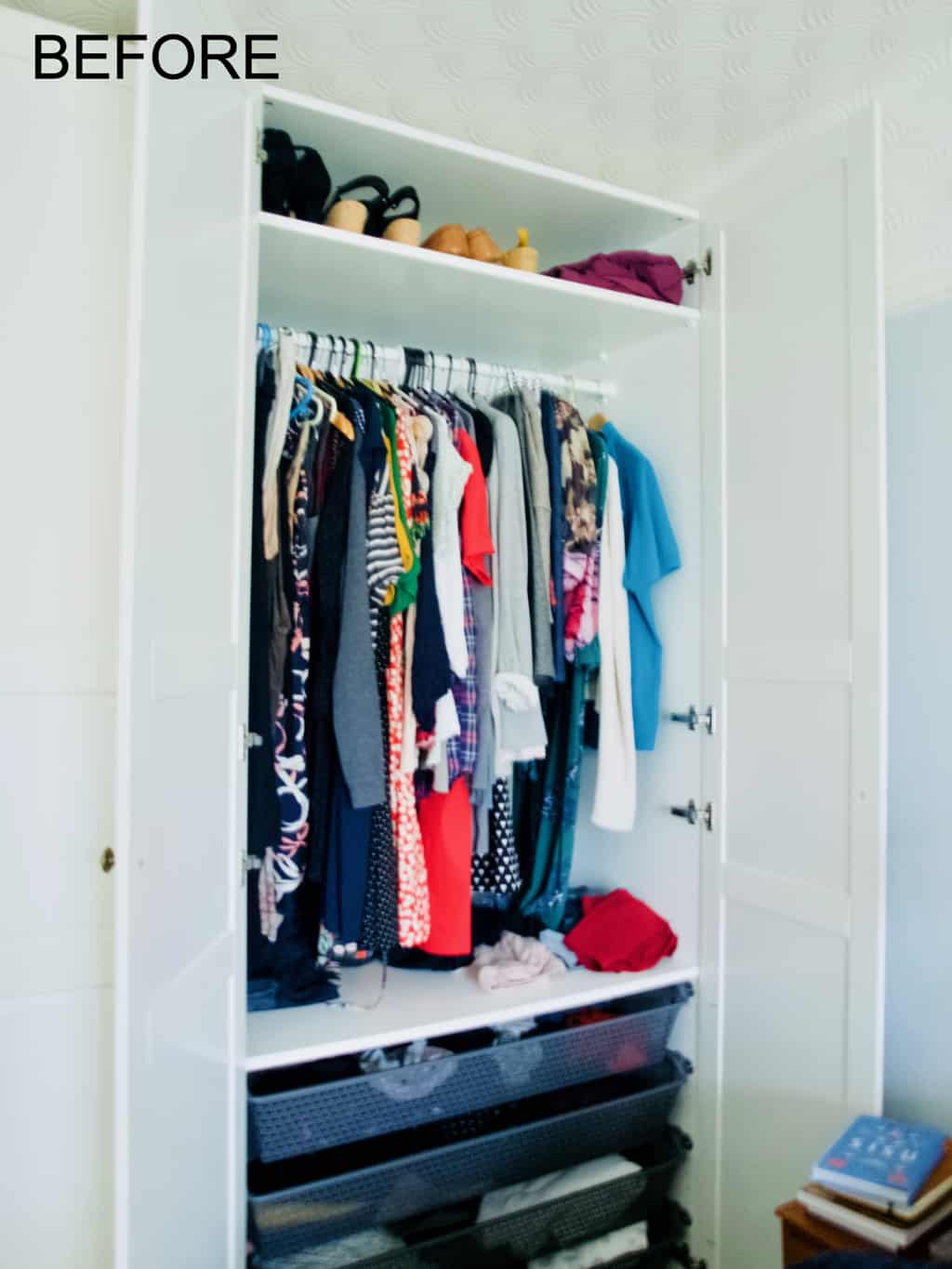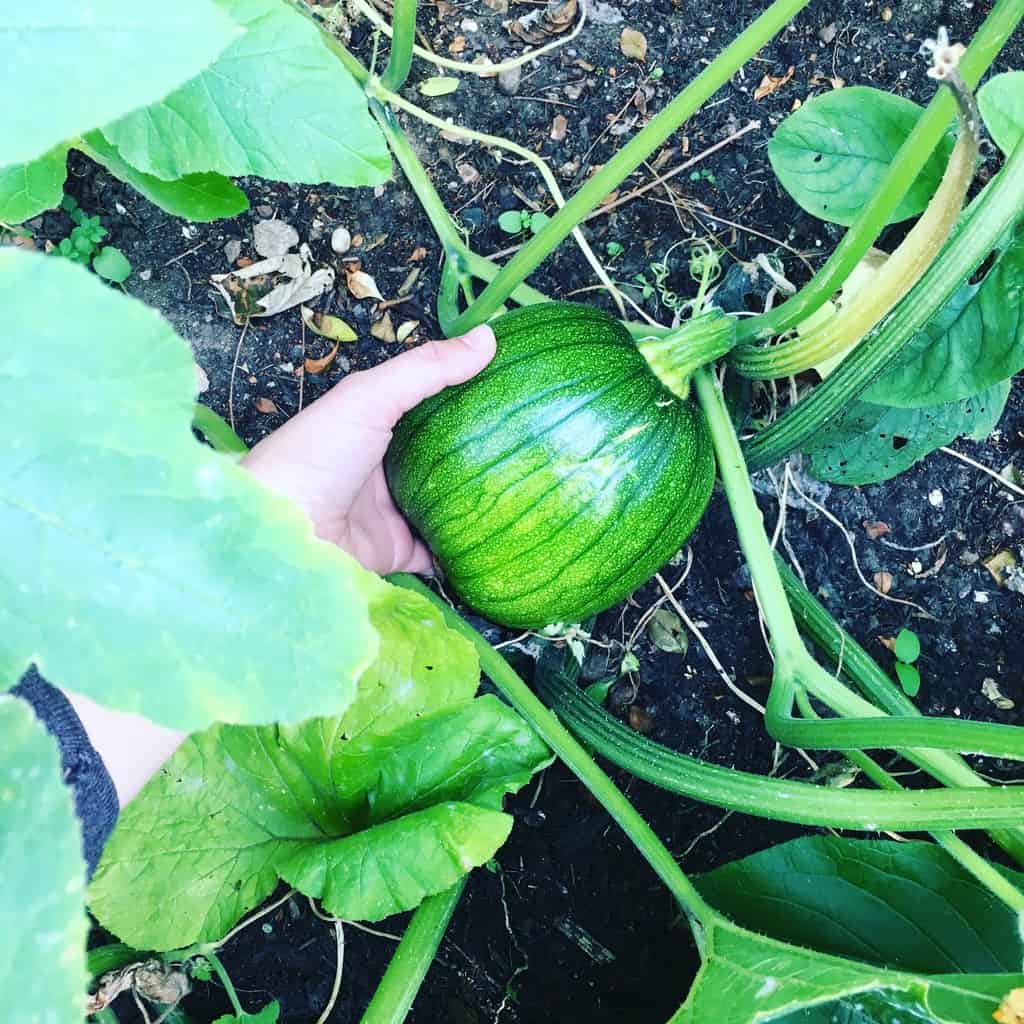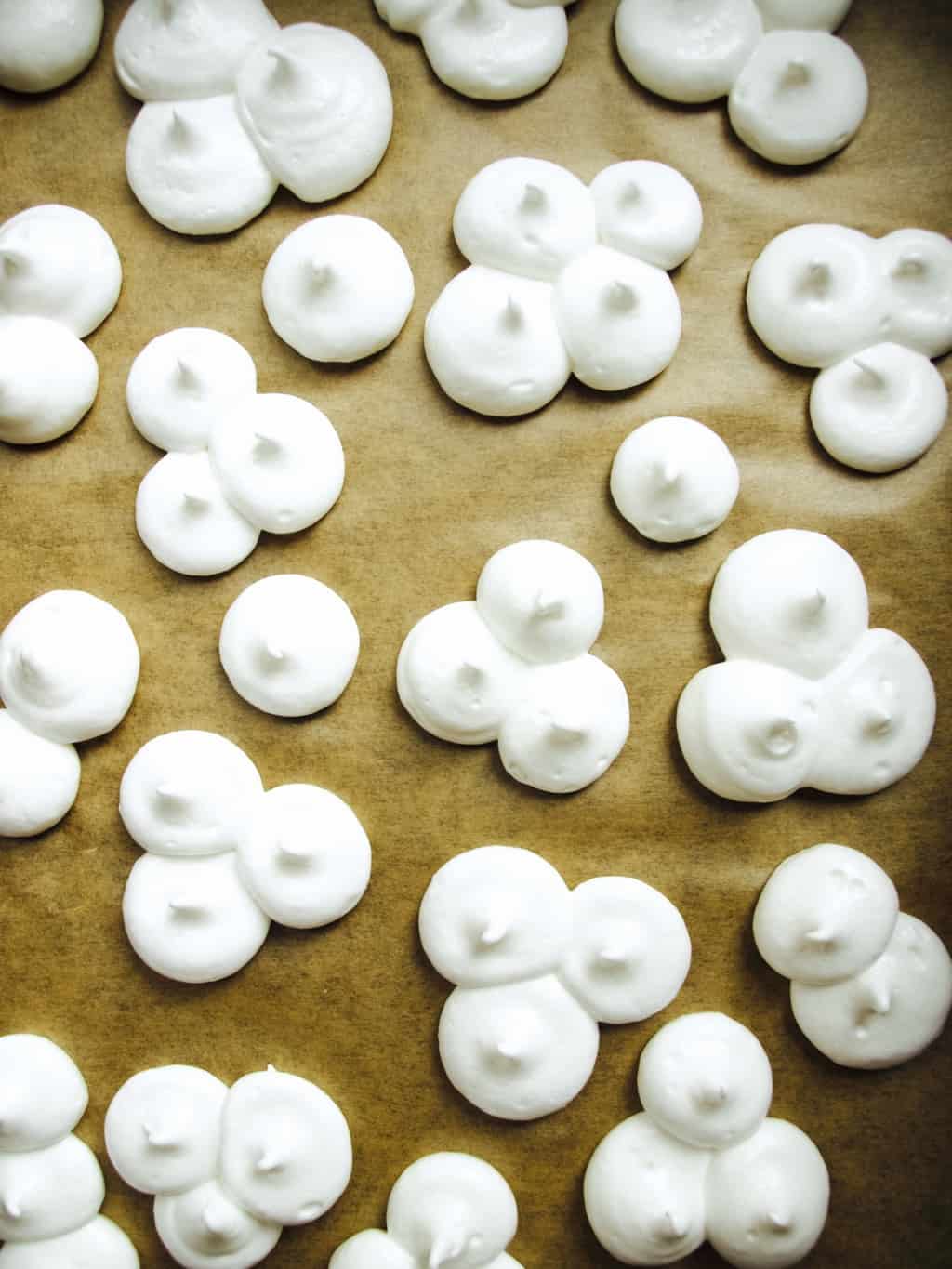
 Welcome back to my journey to finding my style. Today I am all about the basics! I am not talking only about the underwear (although this is also an important part of my wardrobe) but also about the clothing items that I think I should have in my wardrobe. You know, those kind of clothes that match pretty much everything else. These include the dresses (basic jersey type ones are my favourites), my loyal jeans, vests, t-shirts, some cardies (prefer the long ones) and sweaters (I got quite a few). After doing the wardrobe detox last month, I figured what suits me, what I already have and what is missing. When investing into new basics I always heard that you need to aim for top quality items, but from my experience this is not always the case. Read on if you want to find out more!
Welcome back to my journey to finding my style. Today I am all about the basics! I am not talking only about the underwear (although this is also an important part of my wardrobe) but also about the clothing items that I think I should have in my wardrobe. You know, those kind of clothes that match pretty much everything else. These include the dresses (basic jersey type ones are my favourites), my loyal jeans, vests, t-shirts, some cardies (prefer the long ones) and sweaters (I got quite a few). After doing the wardrobe detox last month, I figured what suits me, what I already have and what is missing. When investing into new basics I always heard that you need to aim for top quality items, but from my experience this is not always the case. Read on if you want to find out more! First I wanted to share what I had missing. Due to my body changing during two pregnancies what I needed are the bras (hope I am not oversharing here). I had the sports bra that still fits, some maternity bras that are just too big and then my old bras that look like brand new, and I have no idea how they ever fitted me (all been donated of course!). Like with anything else when investing in something new, I really did my research, then asked for recommendations and went to bra fitting. I did not settle for any uncomfortable bra like I did in the past. This time round I knew what I looked for and that was practicality and the comfort at the same time. I think it also look good, because it really fits. And I am not against underwire bras, turns out they can be as comfortable as the seamless ones. So hey, do your own research and do try on lots on before investing on the one (or two like me). And I did not end up spending too much money. £35 for a pair!
First I wanted to share what I had missing. Due to my body changing during two pregnancies what I needed are the bras (hope I am not oversharing here). I had the sports bra that still fits, some maternity bras that are just too big and then my old bras that look like brand new, and I have no idea how they ever fitted me (all been donated of course!). Like with anything else when investing in something new, I really did my research, then asked for recommendations and went to bra fitting. I did not settle for any uncomfortable bra like I did in the past. This time round I knew what I looked for and that was practicality and the comfort at the same time. I think it also look good, because it really fits. And I am not against underwire bras, turns out they can be as comfortable as the seamless ones. So hey, do your own research and do try on lots on before investing on the one (or two like me). And I did not end up spending too much money. £35 for a pair!
While in Lithuania I also visited Utenos Trikotažas, the company specialising in clothes made out of jersey material. I so wish they sold it globally so you could see it for yourselves! Although they manufacture a lot of clothes for the high street brands they do have in house designers too. Their designs may not be exactly my style, but I always manage to find lots of unique basic pieces at such a divine quality and low price! This time round I bought a long sleeve dress, few basic menswear t-shirts (I like their loose fit), some vests (some of my vests started deteriorating after 10 year service) and undies of course! Now, coming back to subject where I talked that the basics don’t have to be expensive. Any high street store would sell basics and they are not that bad when you consider these few basic rules.
Now, coming back to subject where I talked that the basics don’t have to be expensive. Any high street store would sell basics and they are not that bad when you consider these few basic rules.
- Makes sure it fits you well
- Its the right shape to compliment your figure (I found longer dresses and high rise jeans are my yes’s!)
- Focus on natural fiber (although not always the case, but I could not buy a sweater that was pure polyester for example)
- Ask yourself, does material feel nice to your skin?
- Take good care of your basics (will tell you more about this shortly)
I think this is it. I am obviously not against in investing in high quality clothing, but you would be surprised what you can find in Lidl’s for example. As you can see from the picture below I got quite a mixture. Two John Smedley sweaters that are made of high quality fine wool and then two cotton sweatshirts (one from Aldi that I am quite pleased with). I tend to focus on cotton when buying from supermarket and of course the fit may not be always great, but you might be lucky (it does not hurt to try!).
 One downside when you buy the knitwear or jersey clothing from the high street brands or supermarket is that they twist. See in the picture below, the side seams are not running straight. This does not bother me anymore like it used to. The cause of this is the way the fabric was cut for the production. You see, it takes extra care to cut the pattern of the garment on the “grain” and often this is compromised when cost is a factor. Companies like John Smedley knit the garment pieces separately, which means garment made this way should not stretch sideways and therefore should not twist.
One downside when you buy the knitwear or jersey clothing from the high street brands or supermarket is that they twist. See in the picture below, the side seams are not running straight. This does not bother me anymore like it used to. The cause of this is the way the fabric was cut for the production. You see, it takes extra care to cut the pattern of the garment on the “grain” and often this is compromised when cost is a factor. Companies like John Smedley knit the garment pieces separately, which means garment made this way should not stretch sideways and therefore should not twist.  Pilling happens to any quality garment with the wear. At least in my experience. I find the more fluffy the garment the greater is the pilling. Now I know that many good companies invest in testing machines that test the pilling (I have seen them used in many factories on my visits when I worked in the fashion industry), but I think this is impossible to avoid. I learned this technique to deal with this issue. I simply use a shaving razor (gently does it) and shave these pilling balls away. Once in the while should do the trick!
Pilling happens to any quality garment with the wear. At least in my experience. I find the more fluffy the garment the greater is the pilling. Now I know that many good companies invest in testing machines that test the pilling (I have seen them used in many factories on my visits when I worked in the fashion industry), but I think this is impossible to avoid. I learned this technique to deal with this issue. I simply use a shaving razor (gently does it) and shave these pilling balls away. Once in the while should do the trick! Ironing is a great way to care for your garment, not only to remove the creases. The steam that comes out from the iron (hopefully you use this function) revives any clothing and gives some breath to it. I used to be obsessed with ironing and used to iron almost everything. It took a long time to narrow down my priorities (now I iron much less), but I still believe that ironing (steaming) really prolong the clothing lifespan.
Ironing is a great way to care for your garment, not only to remove the creases. The steam that comes out from the iron (hopefully you use this function) revives any clothing and gives some breath to it. I used to be obsessed with ironing and used to iron almost everything. It took a long time to narrow down my priorities (now I iron much less), but I still believe that ironing (steaming) really prolong the clothing lifespan.  Mending the clothes is another way to prolong garment lifespan! I feel I could write the whole post about the different techniques of mending, but here are few stitches to learn for a start.
Mending the clothes is another way to prolong garment lifespan! I feel I could write the whole post about the different techniques of mending, but here are few stitches to learn for a start. Hope (as always) that this post have been useful to everyone. Thanks for letting me share!
Hope (as always) that this post have been useful to everyone. Thanks for letting me share!
Rasa xoxo




















